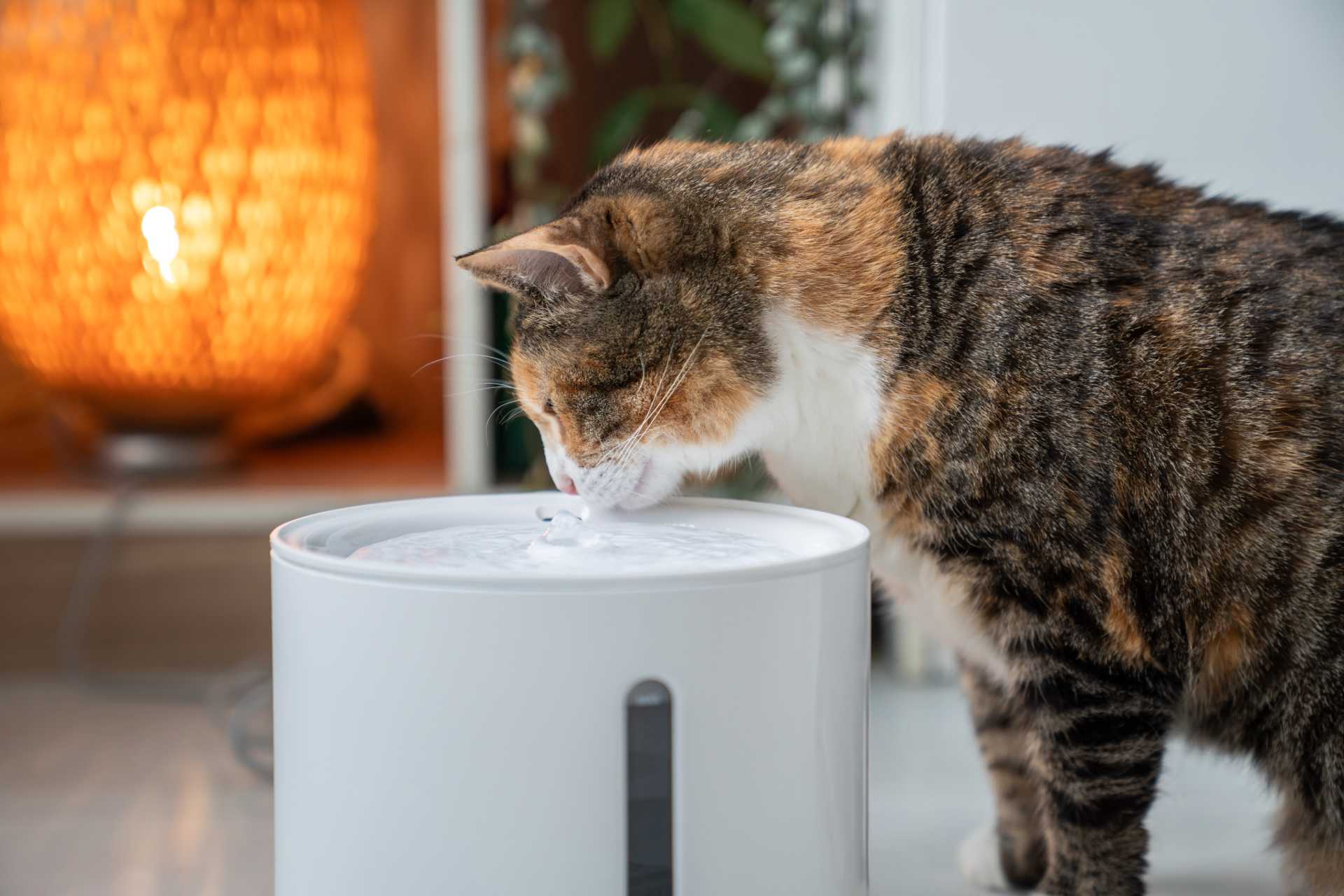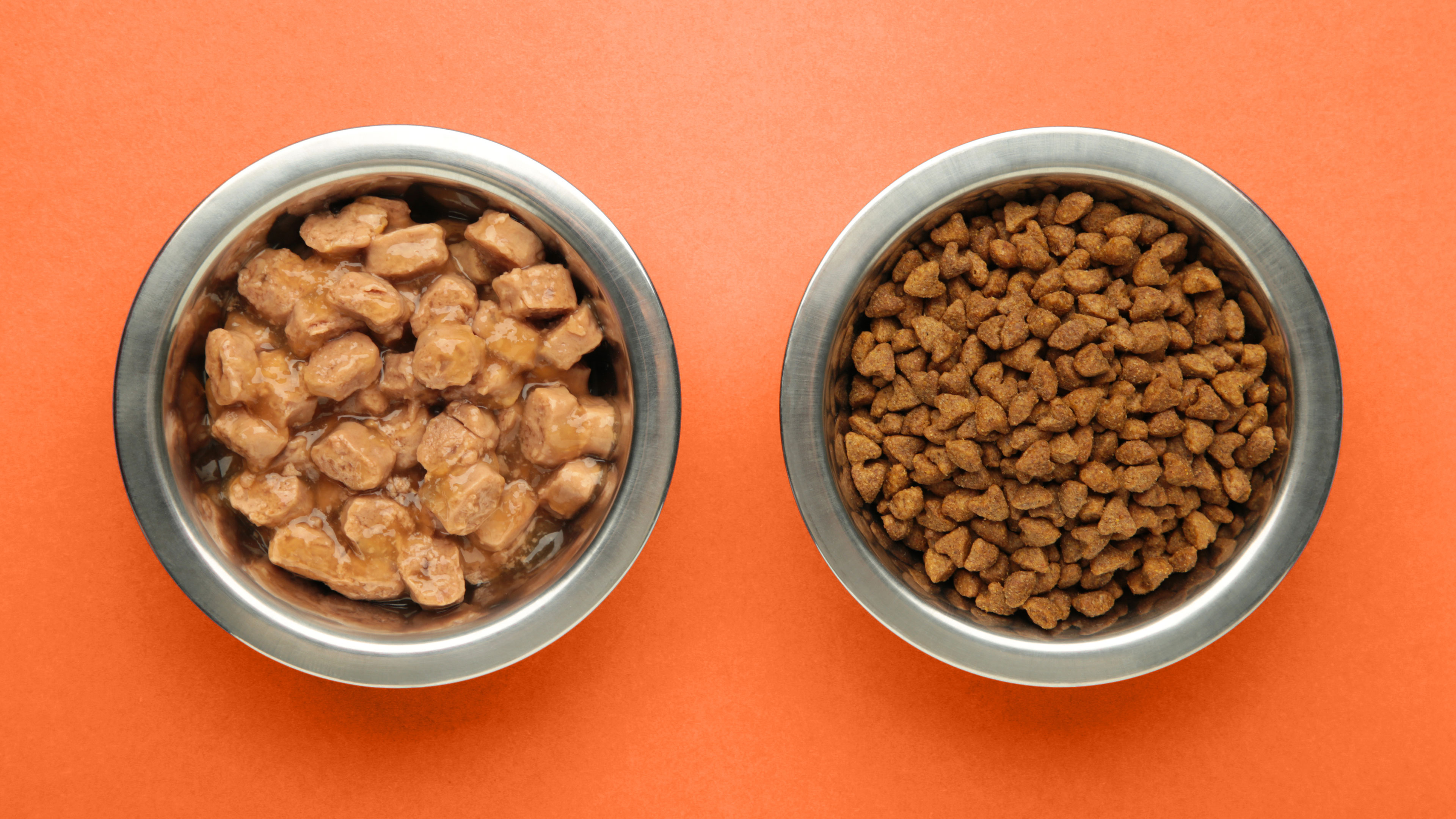diabetes and your pet
What’s diabetes?
Diabetes is a chronic disease typically related to blood sugar. When your pet’s body can’t produce enough insulin, it has difficulty managing blood sugar levels (aka glucose). This can put stress on the body and lead to long-term health problems such as high blood pressure, low blood potassium, kidney failure, weakness, cataracts, and urinary tract infections.What are the signs and risk factors?
If your dog or cat is showing any of these symptoms, book an appointment with your vet sooner than later to discuss:- Excessive thirst
- Peeing a lot
- Weight loss
- Loss of appetite
- Lack of energy
- Depression
- Vomiting
- Weakness
- In cats, an odd stance in their back legs
Age and obesity are two common risk factors for developing diabetes. While dogs or cats can develop diabetes at any age, most are diagnosed later in life. Also, certain breeds of dogs and cats are predisposed to having it.
What happens if my pet is diagnosed with diabetes?
Finding out that your furry friend is diabetic can be scary, but many dogs and cats can continue living happy lives with appropriate treatment. Your doctor will either prescribe medicine such as insulin or advise you on how to manage your pet’s needs.
For example: If your pet is obese, your vet might recommend they get regular exercise and eat a special diet to manage their weight. We offer helpful information on diabetes prevention and treatment over on our Wellness Hub, but it’s important that you schedule an appointment with your Banfield vet if you’re concerned your pet might have diabetes.
 Mites and mange
Mites and mange Podcast - Not Just Fluff
Podcast - Not Just Fluff











